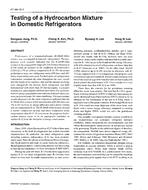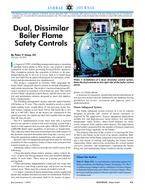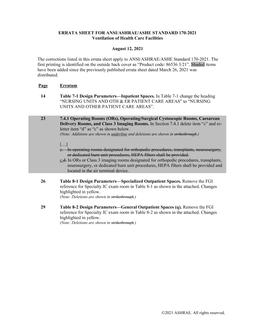Click here to purchase
EnergyPlus has long been relegated to a niche within the professional building performance modeling world due to a steep learning curve and the time needed to deliver complex models. However, advancement of energy codes, high performance design, and net zero energy aspirations have increased simulation complexity and the desire for accuracy. Achieving these goals requires design teams to quickly evaluate complex building systems, yet maintain flexibility to revise models as the design progresses. Designing high performance buildings requires assessment of numerous strategies including advanced envelopes, complex airflow arrangements, high-efficiency hydronic systems, custom control sequences, and the like. DOE’s EnergyPlus simulation engine is a natural choice as it is flexible, programmable, includes sophisticated heat transfer models, enables component controls, etc. This paper demonstrates how state-of-the-art computing techniques can be used to create modular EnergyPlus models for cloud-powered rapid simulation and visualization. The authors introduce this modeling platform and describe the process automation achieved, resulting in input uniformity while maintaining zones, systems and plant customization. The authors also present results for tests carried out to evaluate the scalability and robustness of these models to demonstrate the viability of incorporating EnergyPlus in standard modeling workflows for rapid consulting. This process allows teams to leverage EnergyPlus to more accurately model building physics while reducing model assembly time. Simulation runtime reduction is also discussed. Results are presented for two buildings – i) a 385,000 sf laboratory and office facility with ZNE goals; and ii) a 780,000 sf mixed use campus with rapid design-assist modeling needs.
Citation: ASHRAE/IBPSA-USA Bldg Simulation Conf, Sept 2018
Product Details
- Published:
- 2018
- Number of Pages:
- 8
- Units of Measure:
- Dual
- File Size:
- 1 file , 2.6 MB
- Product Code(s):
- D-BSC18-C002


